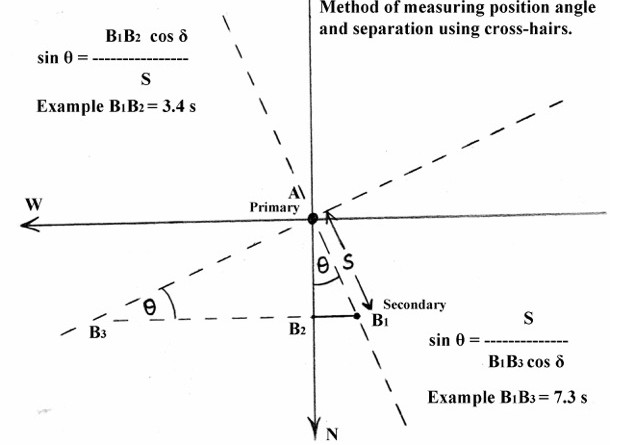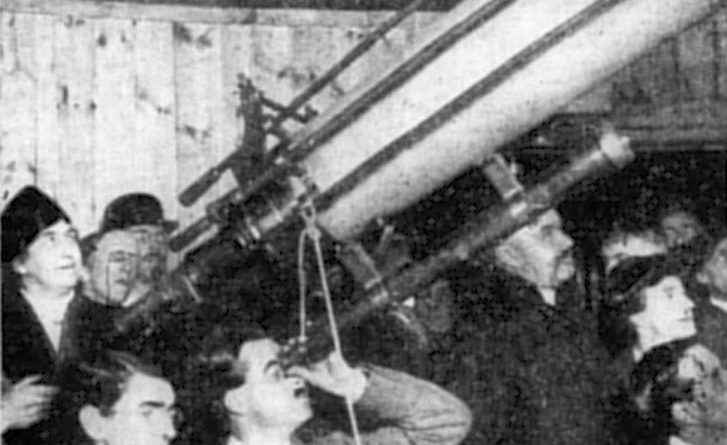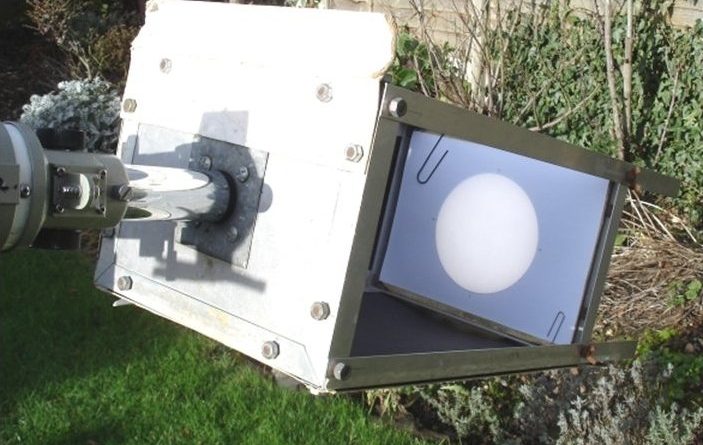Archives
The 2019–’20 eastern elongation of Venus, Part I: Observations of the dayside
This report covers observations of Venus made by Section members during the 2019–’20 eastern elongation. Part I covers observations of the dayside; various features are discussed, including cloud formations and unusual atmospheric phenomena which occurred during this time. Using phase estimates, a date for dichotomy is established, and observations made near inferior conjunction are examined.
Read moreNoctilucent cloud over Britain & Western Europe, 2019
A summary of noctilucent cloud activity recorded during the 2019 northern hemisphere observing season.
Read moreReginald Lawson Waterfield (1900–1986), eclipse chaser & comet photographer extraordinaire
‘Reggie’ Waterfield was the BAA’s 33rd president and its most prolific comet photographer from the 1930s to the 1980s. He was also an eclipse chaser and a leading haematologist. Part I covers Reggie’s earliest years, the three years he spent abroad in Baltimore, his gruelling eclipse expeditions and his friendships with W. H. Steavenson and others.
Read moreSunspot groups without active region numbers
Using personal white-light disc drawings of the Sun, it is assessed that some 8% of all sunspot groups observed during the 10 years from 2009 to 2018 have not been assigned an NOAA active region number. This paper examines these groups to try to identify why this might be the case.
Read moreThree Girton astronomers
Girton College, located on Girton Road running north-west out of Cambridge, was founded in 1869 by Emily Davies and Barbara
Read more




